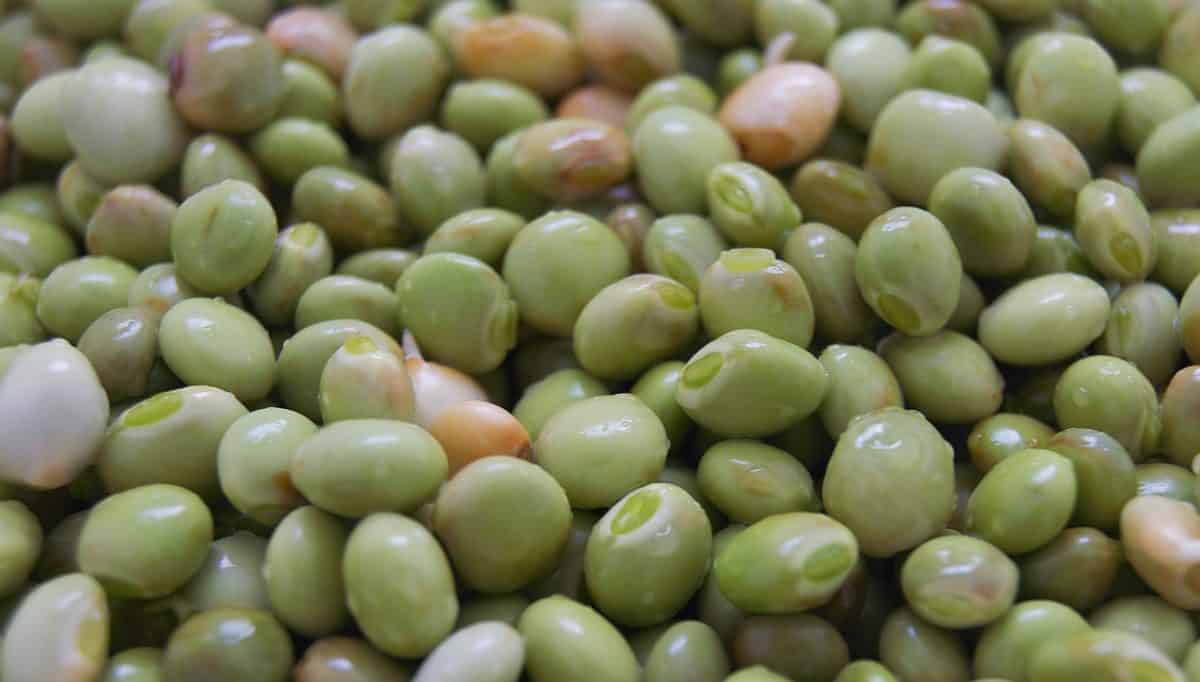Here’s a special plant that is perfect for the tropical home garden: the bean tree, or frijol de palo in Spanish. More commonly called pigeon pea or gandul in English, Cajanus cajan arrived in the New World via India and Africa.
It adapted well in Latin America and is widely used as a food staple. In countries such as Jamaica and Puerto Rico, pigeon peas are as popular as red and black beans in Costa Rica. It’s common to find these dried beans in markets across the country.
Ticos generally prepare frijoles de palo as a side dish cooked with pork, but there are many ways to prepare them for the family. Beginning in the dry season, these bushes produce a prolific amount of pealike beans that can be used green or dried.
The fresh peas harvested from the tender pods taste much like regular peas. They may not be as sweet as northern garden peas, but come surprisingly close to canned peas. We like to add young pigeon peas, along with diced carrots and onions, to rice as it finishes cooking. This steams the young peas and vegetables and makes a great combination that is delicious as well as nutritious.
The dried peas can be prepared like most bean dishes. Though a bit bland in taste, they can be seasoned with garlic, onions and spices to enhance their flavor. Perhaps most appealing of all is how easy pigeon peas grow, particularly in hotter regions where growing beans can be a real challenge.
Seeds are planted in April or May directly in the garden, 50 centimeters apart, with moderate applications of organic compost. Keep the plants weed-free and cultivated until they are well established.
After this initial stage, there is practically no work involved, until the harvest comes in the dry season.
Because these plants grow up to two meters tall, it’s best to plant them in borders of the garden where they will not shade other plants that require full sun. This is an excellent plant for soil rebuilding, as the roots drill the soil, add nitrogen and provide organic material (leaves).
And there’s more good news: Pigeon pea bushes produce new crops each year for two to three years. All you have to do is prune the bushes back after the harvest and wait for a new crop the following year. Finally, they have no serious insect problems or plant diseases.






